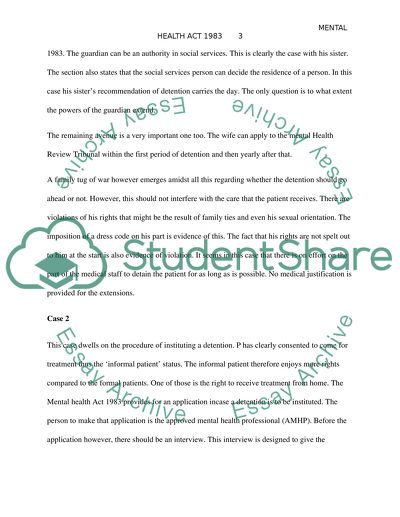Cite this document
(“Mental Health Law Essay Example | Topics and Well Written Essays - 1750 words”, n.d.)
Mental Health Law Essay Example | Topics and Well Written Essays - 1750 words. Retrieved from https://studentshare.org/law/1616478-mental-health-law
Mental Health Law Essay Example | Topics and Well Written Essays - 1750 words. Retrieved from https://studentshare.org/law/1616478-mental-health-law
(Mental Health Law Essay Example | Topics and Well Written Essays - 1750 Words)
Mental Health Law Essay Example | Topics and Well Written Essays - 1750 Words. https://studentshare.org/law/1616478-mental-health-law.
Mental Health Law Essay Example | Topics and Well Written Essays - 1750 Words. https://studentshare.org/law/1616478-mental-health-law.
“Mental Health Law Essay Example | Topics and Well Written Essays - 1750 Words”, n.d. https://studentshare.org/law/1616478-mental-health-law.


